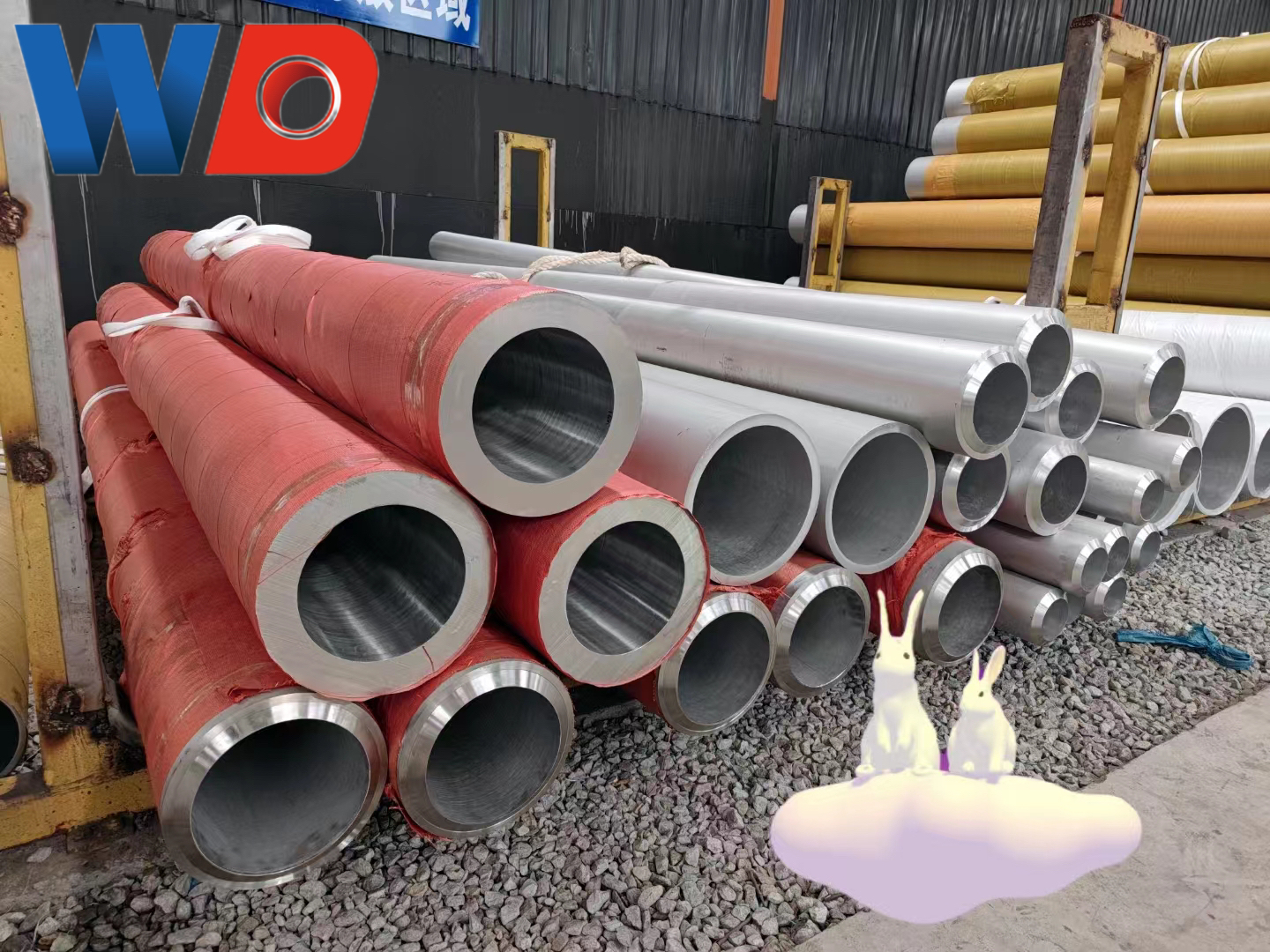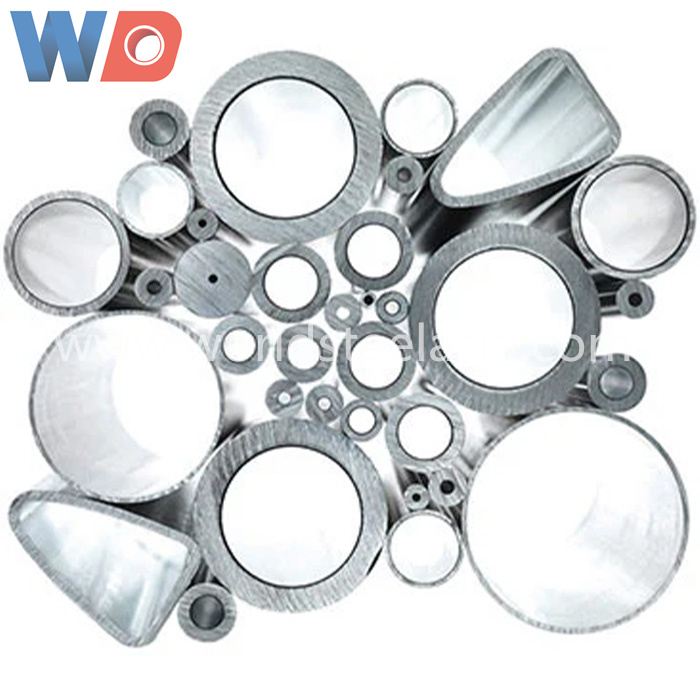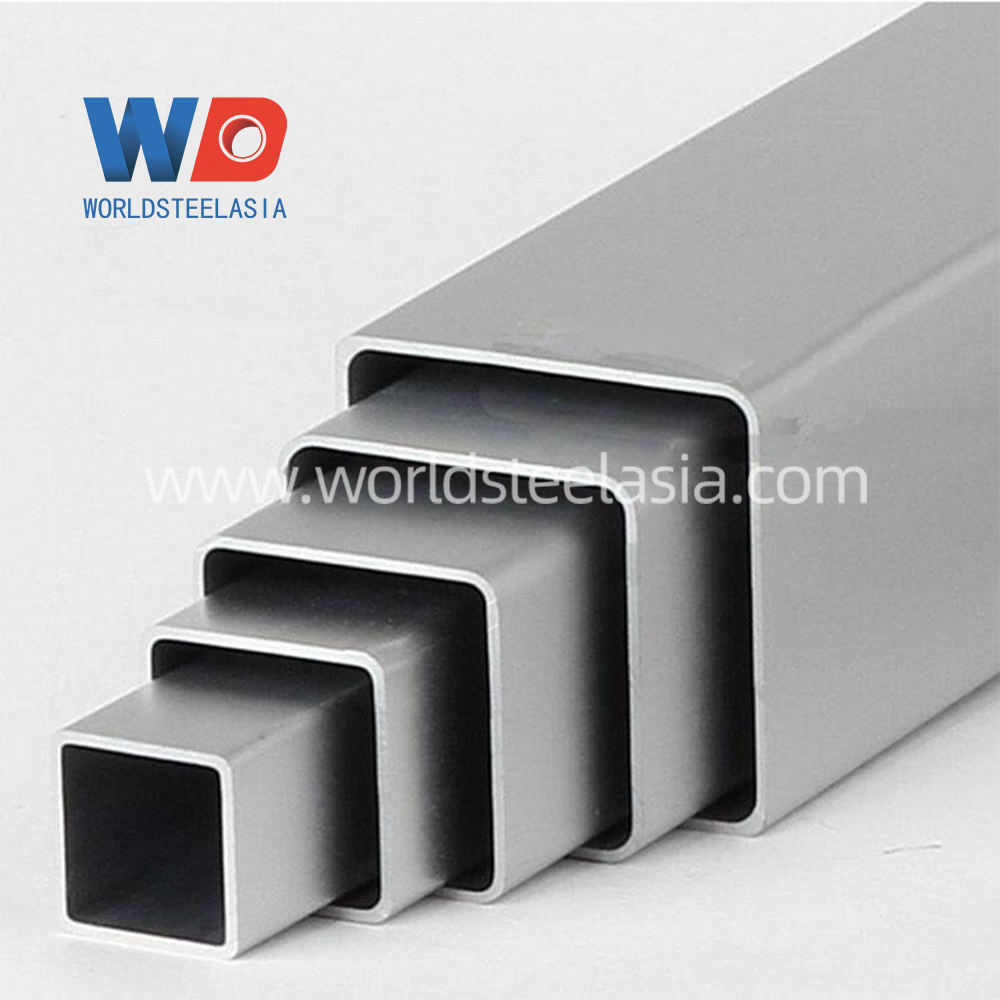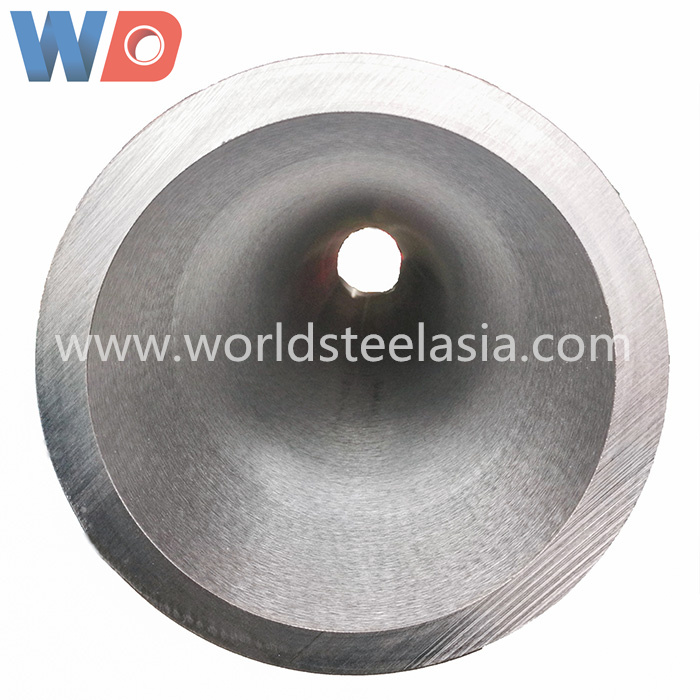Nickel-based corrosion-resistant alloy - Inconel 625
N06625 is a nickel-chromium-molybdenum-niobium alloy with a solid solution austenitic microstructure. It exhibits excellent strength and resistance to various corrosive media at temperatures as high as 1500°F (816°C). N06625 alloy has the advantages of high strength, good machinability (including welding), and corrosion resistance. It can be used in a temperature range from low temperature to 1800°F (982°C). The strength of N06625 alloy comes from the strengthening effect of molybdenum and niobium on its nickel-chromium matrix, so it does not require precipitation hardening treatment. The alloy has both good corrosion resistance, oxidation resistance, and high strength, as well as good formability and toughness. It is suitable for use in conditions that require a combination of high corrosion resistance and high strength, and is registered in the US by SMC under the trademark Inconel.

Chemical composition of Inconel 625

Corrosion resistance of Inconel 625
In weak media such as atmosphere, natural water, seawater, neutral salt, and alkali, this alloy is basically not significantly corroded. In more severe media, the presence of chromium enables it to resist oxidative acids and high-temperature oxidation; being a nickel-based alloy with a high molybdenum content, it also resists reducing acid media. For local corrosion, the high chromium and molybdenum content make this alloy resistant to pitting and crevice corrosion, while the high nickel and chromium content make it resistant to stress corrosion cracking; the high niobium (titanium) content also makes it less prone to intergranular corrosion.
(1) Resistance to general corrosion:
a. In nitric acid: In 65% HNO3 at boiling temperature, the corrosion rate of this alloy in the solid solution state is ≤0.75 mm/a.
b. In sulfuric acid: The corrosion rate is 1.225 mm/a. Inconel 625 alloy is not corrosion-resistant in boiling H2SO4.
c. In phosphoric acid: Inconel 625 alloy has excellent corrosion resistance in H3PO4 with a concentration of ≤50%. However, as the concentration increases above 50%, the corrosion rate of Inconel 625 increases sharply. Therefore, this alloy is only suitable for H3PO4 with a concentration of ≤50%.
d. In hydrofluoric acid: Inconel 625 alloy is commonly used to manufacture the lining of evaporators used to produce hydrofluoric acid by reacting fluorite with sulfuric acid. The piping and fittings between evaporators are also made of this alloy. The result of hanging test pieces at the top of an HF gas extraction tower showed that the overall corrosion rate of Inconel alloy was only 0.075 m/a.
e. In some media containing phosphoric acid, experiments have shown that in a 55% H3PO4 + 0.8% HF solution, the corrosion rate of Inconel 625 alloy is 0.412 mm/a.
f. In alkali: In 50% NaOH in the laboratory, the annual corrosion rate of Inconel 625 alloy is 0.0125. After a 500-hour test, no stress corrosion was observed.
g. In hydrochloric acid: Due to the high molybdenum content of this alloy, it has certain corrosion resistance in room temperature hydrochloric acid. However, as the temperature increases, its corrosion resistance decreases.
(2) Resistance to local corrosion:
a. Resistance to intergranular corrosion: It has very good resistance to sensitization-induced intergranular corrosion.
b. Resistance to pitting corrosion: It has excellent resistance to pitting corrosion.
c. Resistance to crevice corrosion: The crevice corrosion resistance of Inconel 625 alloy is significantly better than that of Inconel 718 alloy.
(3) Resistance to stress corrosion cracking: It has better resistance to stress corrosion cracking than Inconel 718 alloy.
(4) Corrosion fatigue: In corrosion fatigue tests in room temperature seawater, the corrosion fatigue strength of Inconel 625 alloy is clearly higher than that of the tested Hastelloy C, Incoloy 800, and common stainless steels 304 and 316.



